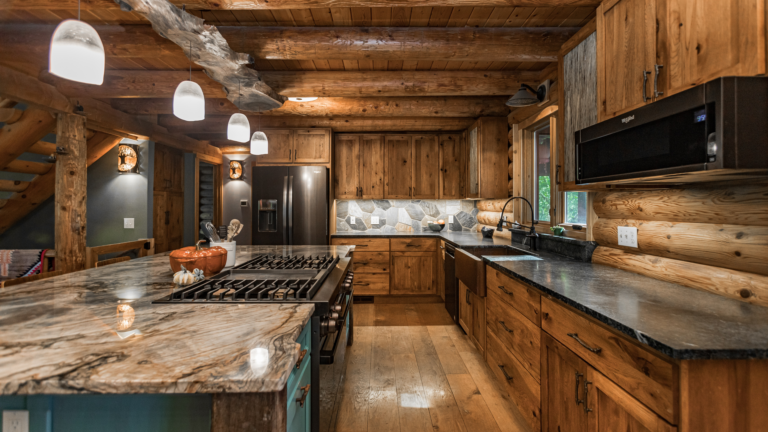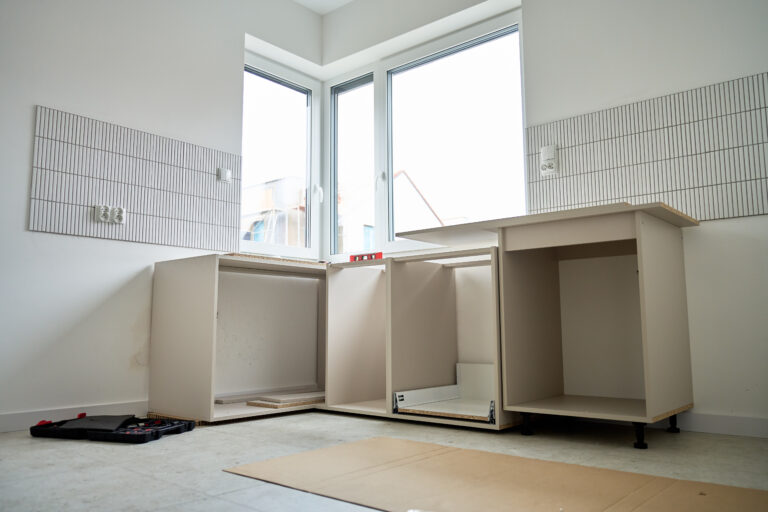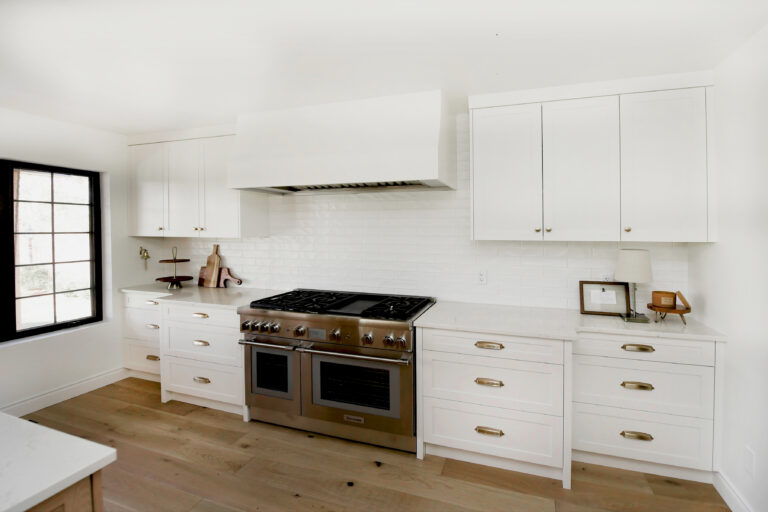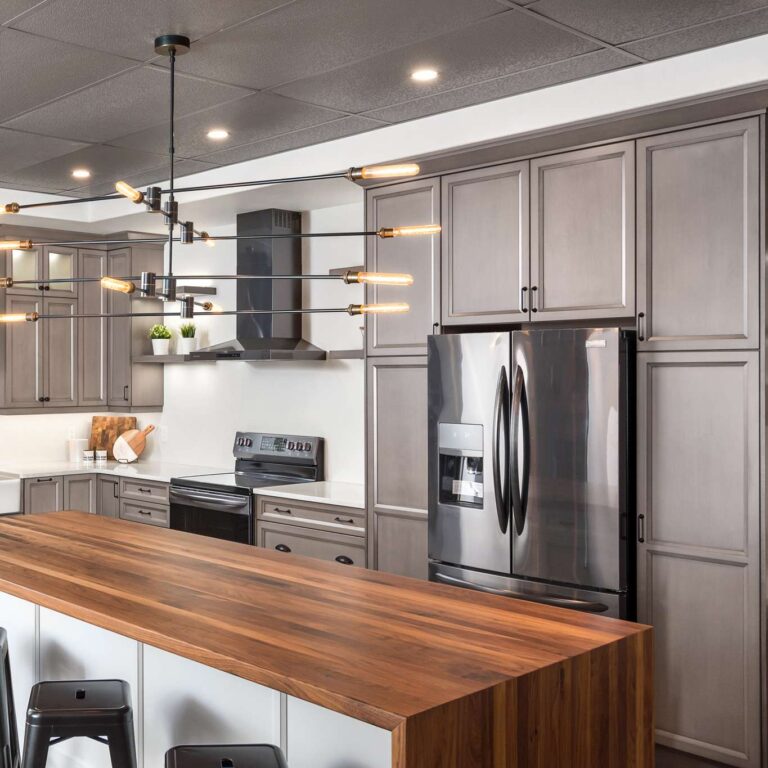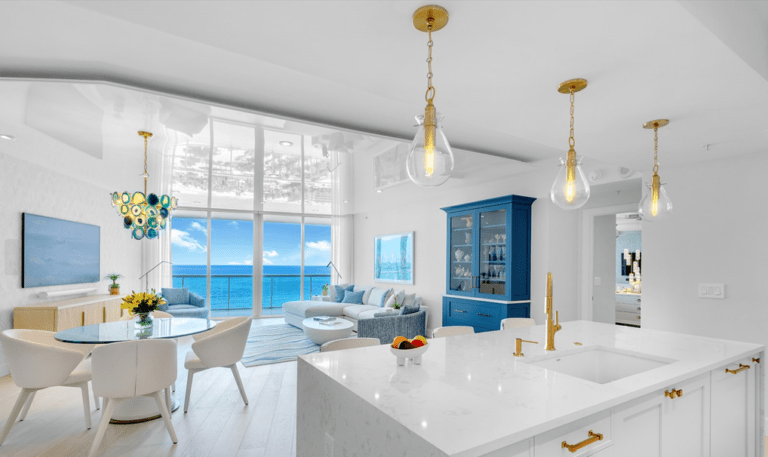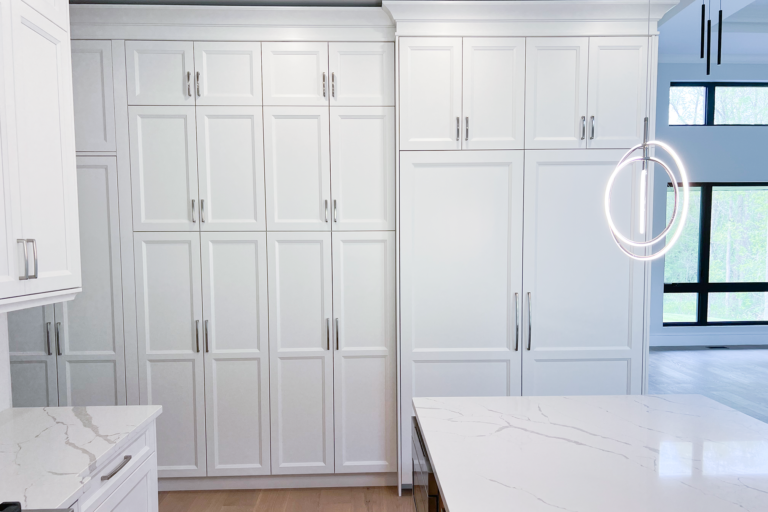A toe kick is the bottom-front section of a base cabinet—the space between the cabinet box and the floor. It’s often recessed for comfort (hence the name – ouch), but can also be flush or styled to suit the overall design.
Here’s why designers and builders always include a plan for the toe kick space and what options are available.
Why Toe Kicks Exist (And Why They’re So Useful)
Without a toe kick, you’d be leaning forward every time you work at your counter. Not great for your back or your balance. That recess at the bottom? It lets you step in a bit. Your toes fit underneath the cabinet, so you can stand comfortably and work efficiently.
Toe kicks also help:
Prevent scuffing cabinet doors with your shoes.
Give the base cabinet a clean transition to the floor.
Create a polished, intentional finish.
It’s a small detail, but that is what will give your cabinets a custom look.
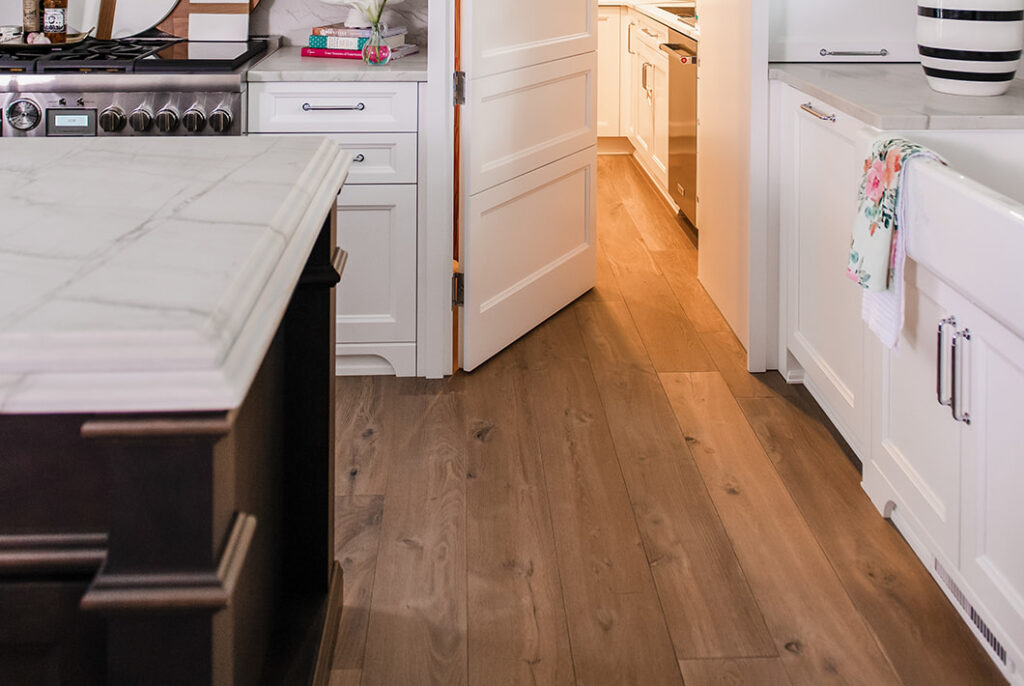
Standard Toe Kick Dimensions
Most base cabinets come with a standard toe kick space already built into the design, especially in North American and European cabinetry.
Height: 3.5 to 4.5 inches
Depth (how far it’s set back): about 3 inches
These measurements make a difference. Go too tall, and your base cabinets get shorter. Too shallow, and you lose that ergonomic comfort.
5 Different Toe Kick Types
Depending on your cabinet construction and the look you’re going for, here are some toe tick types your designer can choose from.

Adjustable Legs Toe Kick
Used most often in European-style cabinets or modern cabinets. The cabinet rests on plastic or metal legs which can be adjusted for easy leveling and quick installation.
- Great for uneven floors
- Toe kick panel will cover the legs
- Easy to replace
- Elevates the cabinet, protecting it better from flooding

Fixed Base Toe Kick
This is the most traditional toe kick style. The cabinet box extends all the way to the floor. Very sturdy, but less flexible during install.
- Classic look and install method
- Can hold heavy materials without worry
- Well loved by designers for years

Notched Base Toe Kick
Also called a site-built toe kick. Cabinets have continuous notches built into design, cut out at the bottom to create a recess.
- Offers a seamless look across the room
- A continuous toe kick board runs underneath all the base cabinets
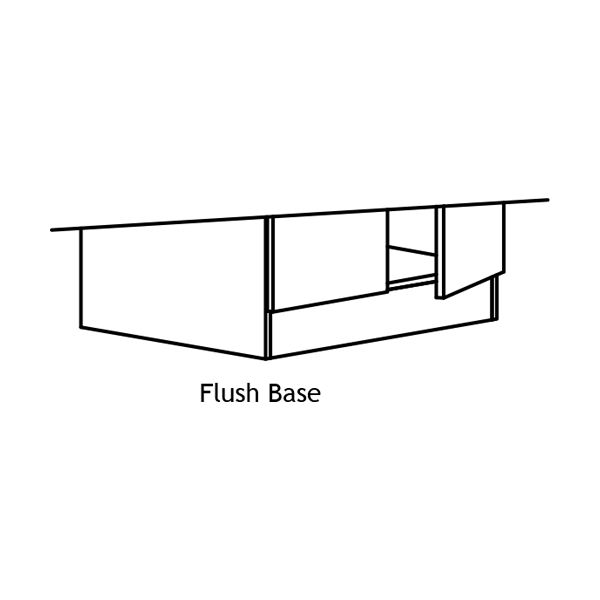
Flush Base Toe Kick
This is a modern-style toe kick with no recessed notch. The cabinet front extends all the way to the floor at the same depth.
- Sleek modern profile
- Works best in areas where you don’t stand for long period of time

Furniture Base Toe Kick
This is by far the most creative toe kick style. It adds a furniture-style look with unique custom options or decorative trim. This is often done in traditional designs for a homey feel.
- Makes cabinets look like stand alone furniture
- Can be custom legs or decorative trim
Additional Toe Kick Features
Toe kicks can do more than just give your toes a place to go.
Designers are adding:
Toe kick drawers for shallow but useful storage (think: baking sheets, pet bowls, flat linens)
Built-in vacuums—those sweep vacs that let you brush crumbs straight into a vent
Integrated lighting for a soft floor glow at night
Easy Access Steps for storage and easy reach
If you’re customizing cabinetry, don’t overlook this zone. You might be able to make it do more.
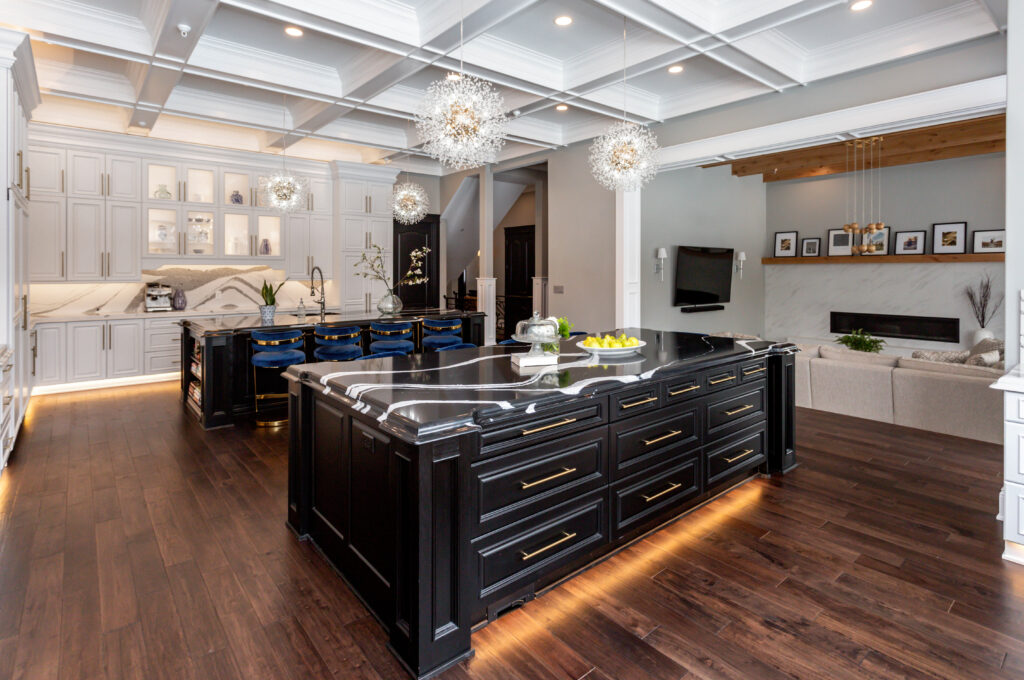
Why you should consider toe kick design
Toe kicks might not be the first thing you think about, but they’re part of the overall look and function of your space. When you’re choosing cabinets, how the base is finished can change both how your kitchen feels and how it works.
Here’s why it matters:
Comfort — A recessed toe kick makes it easier to stand and work at the counter
Style — From flush bases to furniture feet, the toe kick can support your design direction
Practicality — It helps hide uneven floors, protects the cabinet front, and offers storage or lighting in some layouts
You don’t have to overthink it—but taking a minute to choose the right toe kick can make the whole design feel more intentional.



